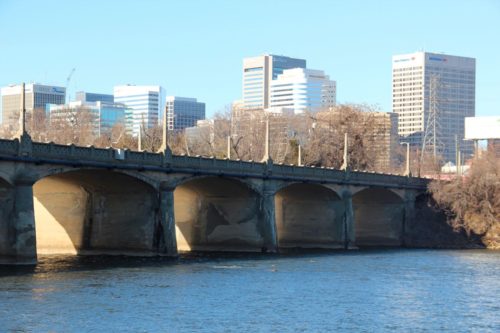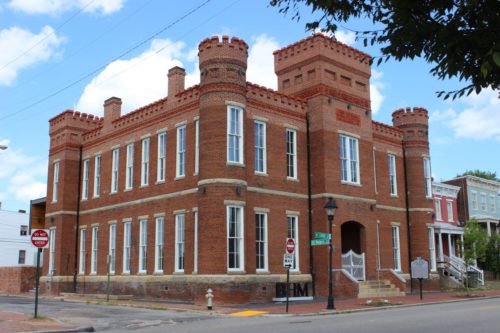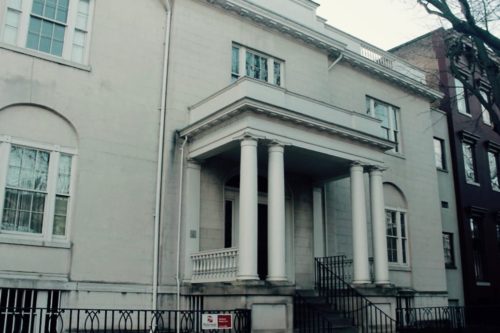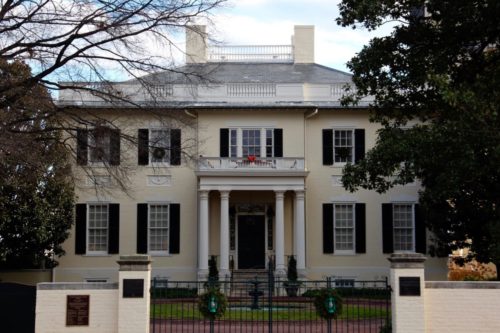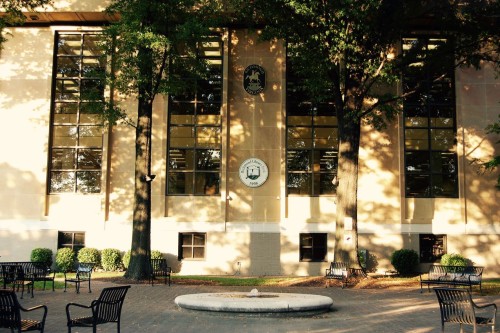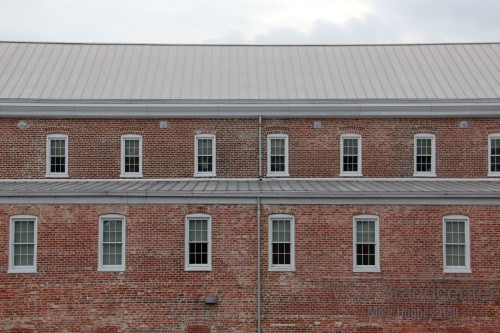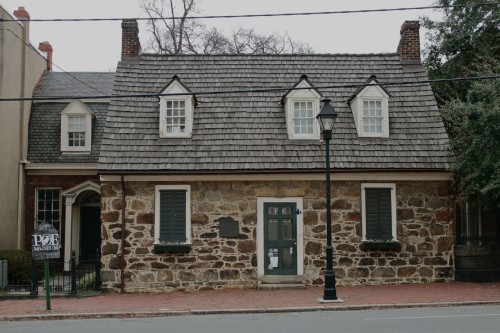Mayo Bridge
1913 The Mayo Bridge is Richmond’s most storied crossing. The current form of the bridge, dating to 1913, is the city’s oldest, but its history stretches back another hundred years, nearly to the founding of Richmond. In the colonial period, the two sides of the James River were connected only by ferry. A toll bridge …

